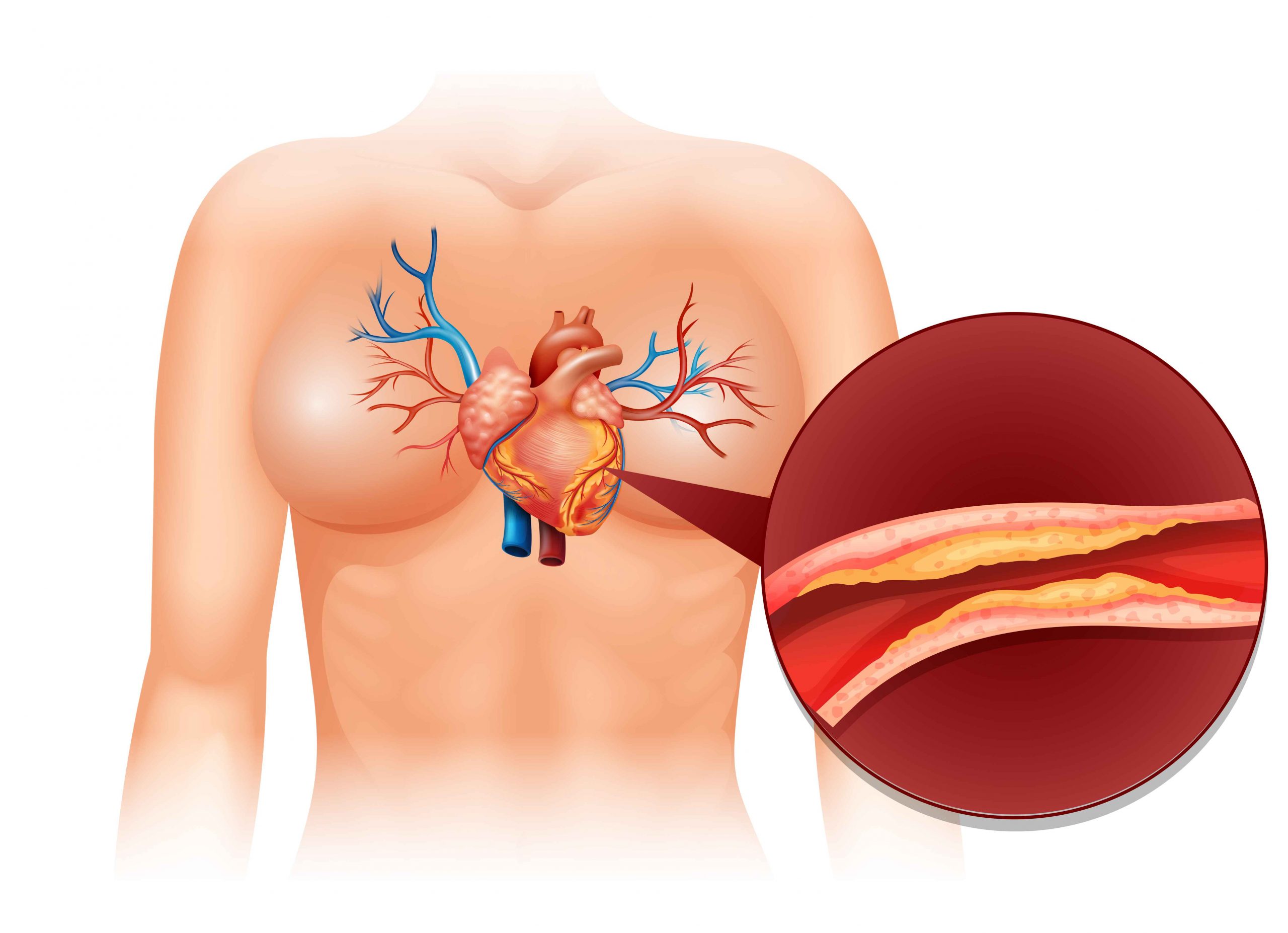
Abdominal Aortic Aneurysm (AAA): A severe condition that can be detected early.
Introduction: Understanding Abdominal Aortic Aneurysms (AAA)
An abdominal aortic aneurysm (AAA) occurs when the aorta, the body’s main artery, bulges. Although it’s more common in men over 65, it can also affect women and younger individuals. If untreated, an AAA can rupture, causing life-threatening complications.
What is an Abdominal Aortic Aneurysm?
The aorta carries blood from your heart to the rest of your body. Over time, as we age, the walls of the aorta can weaken. This weakness leads to a bulging, or aneurysm, which can be dangerous. If the aneurysm ruptures, it may cause severe bleeding.
Risk Factors for AAA
Several factors can increase the risk of developing an AAA:
- Age: Older adults are more likely to develop AAAs.
- Family History: If someone in your family has had an AAA, your risk increases.
- High Blood Pressure: It puts strain on the blood vessels.
- High Cholesterol: It can damage the walls of the arteries.
- Smoking: Smoking weakens the blood vessel walls.
- Obesity: Extra weight increases pressure on blood vessels.
Symptoms of AAA
AAAs often show no symptoms. However, some people may experience:
- Abdominal pain
- A feeling of fullness in the abdomen
- Weakness or numbness in the legs
- Chest pain
If you notice any of these symptoms, consult your doctor immediately.
How is AAA Diagnosed?
Doctors may find AAAs during a routine physical exam by feeling a bulge in the abdomen. To confirm the diagnosis, imaging tests like ultrasound or MRI are often used.
Treatment Options for AAA
Small, symptom-free AAAs may not require treatment. However, larger or growing aneurysms need repair.
Doctors can choose between two types of surgery:
- Open Surgery: The surgeon makes a large incision to repair the aneurysm.
- Endovascular Repair: A small incision is made in the groin to insert a stent graft and repair the aneurysm. This option is less invasive and leads to a faster recovery.
Conclusion: Early Detection Saves Lives
AAAs can be dangerous, but early detection can prevent serious health risks. If diagnosed with an AAA, follow your doctor’s treatment plan to manage the condition.
For More Information Click here


